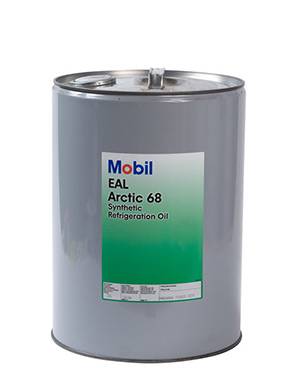Dis . 11, 2024 10:30 Back to list
Thermoplastic Welding Rod Applications and Techniques for Efficient Joining Solutions
The Versatility and Importance of Thermoplastic Welding Rods
Thermoplastic welding rods are essential tools utilized in various industries, including manufacturing, construction, and repair. These rods are made from thermoplastic materials, which can soften when heated and solidify upon cooling. This characteristic enables them to be molded and joined with other thermoplastic materials, making them invaluable for a wide range of applications. Understanding the properties, applications, and benefits of thermoplastic welding rods is crucial for professionals looking to enhance their operations.
What Are Thermoplastic Welding Rods?
Thermoplastic welding rods are typically cylindrical sticks composed of thermoplastic polymers. These rods come in various diameters and lengths, tailored to specific welding tasks. Common materials used in the production of these rods include polyethylene (PE), polypropylene (PP), and polyvinyl chloride (PVC). Each type of rod offers unique attributes, such as flexibility, chemical resistance, or temperature tolerance, making them suitable for different welding applications.
How Do They Work?
The welding process involves heating the thermoplastic welding rod and the surfaces of the materials to be joined. When heated, the rod and the surfaces reach a pliable state, allowing them to fuse together. This process can be performed using various techniques, including hot air welding, extrusion welding, and friction welding. Once the materials cool, they solidify, creating a strong, permanent bond.
Applications of Thermoplastic Welding Rods
Thermoplastic welding rods find applications in numerous fields
1. Piping Systems In industries such as water treatment, oil and gas, and chemical processing, thermoplastic welding rods are used to create and repair piping systems. Their ability to provide leak-proof joints ensures safe transportation of fluids.
2. Geomembranes These rods are vital in constructing containment systems for landfills and mining applications. They help create barriers that prevent leakage and environmental contamination.
3. Automotive Industry Thermoplastic welding rods are employed in automotive manufacturing for joining components like plastic bumpers, dashboards, and other thermoplastic parts. Their lightweight and durable nature enhances fuel efficiency and vehicle performance.
thermoplastic welding rod

4. Textiles and Fabrics In the textiles industry, welding rods are used to bond synthetic fabrics. This process replaces traditional sewing techniques, creating a seamless finish that is often more durable and waterproof.
5. Marine Applications In boat and marine equipment manufacturing, thermoplastic welding rods are crucial for joining hull materials and repairing damaged sections, ensuring the integrity and longevity of marine vessels.
Benefits of Thermoplastic Welding Rods
1. Strong Bonds The fusion of thermoplastic materials results in robust joints that can withstand significant stress and strain, making them ideal for demanding applications.
2. Flexibility and Versatility Available in various materials and sizes, these rods can be used for a wide array of projects, from small repairs to large-scale constructions.
3. Ease of Use Thermoplastic welding rods can be easily manipulated and shaped, allowing for user-friendly application in professional settings.
4. Cost-Effective Using thermoplastic welding rods for repairs and construction can be more economical compared to traditional methods, reducing labor and material costs.
5. Environmental Considerations Many thermoplastic materials are recyclable, offering an eco-friendly alternative to other welding techniques that may produce harmful waste.
Conclusion
In conclusion, thermoplastic welding rods serve as a critical component in modern manufacturing and repair processes. Their ability to create durable and reliable joints makes them indispensable across various industries. As technology advances, the development of new and improved thermoplastic materials will likely expand the applications and effectiveness of welding rods, further solidifying their role in enhancing operational efficiency and reducing costs. Understanding the characteristics and benefits of thermoplastic welding rods allows professionals to make informed decisions and leverage these tools for optimal performance in their respective fields.
-
High-Quality HDPE Sheet | Durable Plastic Panels
NewsAug.06,2025
-
High-Precision PVC Rigid Sheets for Vacuum Forming | AI-Optimized
NewsAug.05,2025
-
Durable PVC-M Water Supply Pipes | 60-Year Life
NewsAug.04,2025
-
Premium HDPE Water Supply Pipes: Durable & Leak-Proof
NewsAug.03,2025
-
Premium PVC-M Water Supply Pipe - Durable & Efficient
NewsAug.02,2025
-
HDPE Drainage & Irrigation Pipe - Durable, Efficient Solutions
NewsAug.01,2025

